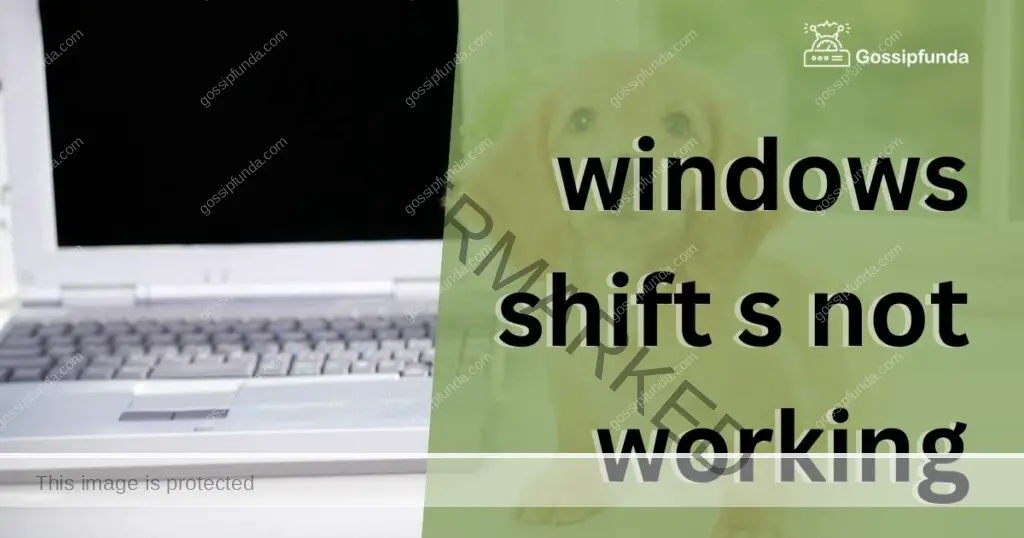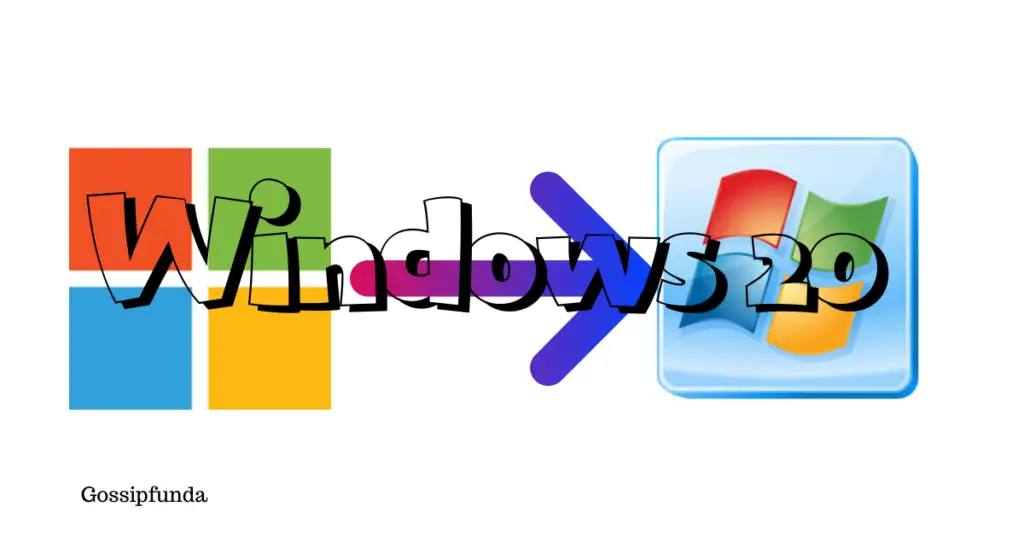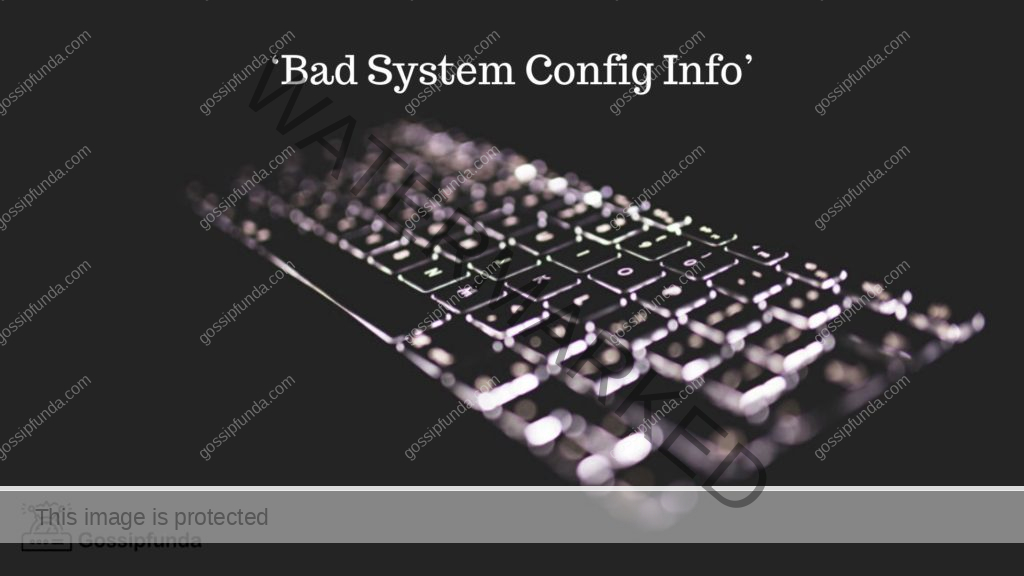Is your Windows Shift+S not working? It can be quite frustrating, especially if you rely on this keyboard shortcut frequently. This issue can occur due to a variety of reasons, such as a software glitch or a conflict with other applications. Fortunately, there are several ways to fix this problem. In this article, we will explore some of the most common reasons why Windows Shift+S may not be working and provide you with detailed instructions on how to troubleshoot and fix the issue.

Reasons Why Windows Shift+S May Not Be Working
There are several reasons why Windows Shift+S may not be working, including:
Conflict with Other Applications
One of the most common reasons why Windows Shift+S may not be working is due to a conflict with other applications. If another application is using this shortcut, it may interfere with Windows’ ability to capture the screen. To fix this issue, you can try closing any open applications and see if the problem persists.
Outdated or Corrupted Drivers
Outdated or corrupted drivers can also cause Windows Shift+S to stop working. This can happen when you install new software or update your operating system. To fix this issue, you can update your drivers by going to Device Manager and selecting “Update Driver” for the display adapter.
Glitch in the Operating System
Sometimes, Windows may experience a glitch that prevents it from capturing the screen using the Shift+S shortcut. To fix this issue, you can try restarting your computer and see if the problem goes away.
Disabled Snip & Sketch Shortcut
If you have disabled the Snip & Sketch shortcut, Windows Shift+S will not work. To enable this feature, go to Settings > Ease of Access > Keyboard and turn on the “Use the PrtScn button to open screen snipping” option.
Third-Party Software Conflicts
Finally, conflicts with third-party software can also cause Windows Shift+S to stop working. This can happen when you install new software or when your system is infected with malware. To fix this issue, you can try uninstalling any recently installed software or running a malware scan using a reliable antivirus program.
How to Fix Windows Shift+S Not Working?
Now that we’ve explored some of the most common reasons why Windows Shift+S may not be working, let’s take a look at how to fix this issue.
Fix 1: Restart Your Computer
One of the easiest and simplest ways to fix Windows Shift+S not working is to restart your computer. Restarting your computer can help clear any temporary files or processes that may be interfering with the shortcut. Here are the steps to restart your computer:
- Click on the Windows Start menu located at the bottom left corner of your screen.
- Click on the Power button, which is located just above the Start button.
- Select the Restart option from the drop-down menu.
- Wait for your computer to restart and log in to your user account.
Alternatively, you can also restart your computer by following these steps:
- Press and hold the Windows key and press the letter “X” on your keyboard.
- Click on the “Shut down or sign out” option.
- Select the “Restart” option from the drop-down menu.
- Wait for your computer to restart and log in to your user account.
Once your computer has restarted, try using the Windows Shift+S shortcut again to see if the problem has been resolved. If the issue persists, you can try some of the other fixes mentioned in this article.
Fix 2: Update Your Drivers
Outdated or corrupted drivers can cause Windows Shift+S to stop working. Updating your drivers can help fix this issue. Here’s how to update your drivers:
- Press and hold the Windows key and press the letter “X” on your keyboard.
- Click on the “Device Manager” option from the drop-down menu.
- In the Device Manager window, expand the “Display adapters” category.
- Right-click on your graphics card and select “Update driver” from the context menu.
- In the “Update Drivers” window, select “Search automatically for updated driver software”.
- Windows will search for the latest driver software for your graphics card and install it automatically.
- After the driver is installed, restart your computer.
Once your computer has restarted, try using the Windows Shift+S shortcut again to see if the problem has been resolved. If the issue persists, you can try some of the other fixes mentioned in this article.
Fix 3: Disable Conflicting Applications
If another application is using the Shift+S shortcut, it can interfere with Windows’ ability to capture the screen. To disable conflicting applications, follow these steps:
- Press Ctrl + Alt + Delete and select Task Manager from the options.
- Look for any applications that may be using the Shift+S shortcut in the Processes tab or the Details tab.
- Right-click on the application and select “End task”.
- If you’re not sure which application is causing the conflict, you can try closing all the applications one by one and see if the problem is resolved after closing a specific application.
Once you have closed the conflicting application, try using the Windows Shift+S shortcut again to see if the problem has been resolved. If the issue persists, you can try some of the other fixes mentioned in this article.
Fix 4: Enable Snip & Sketch Shortcut
If you have disabled the Snip & Sketch shortcut, Windows Shift+S will not work. To enable this feature, follow these steps:
- Go to Settings by clicking on the Windows Start menu located at the bottom left corner of your screen.
- Click on the “Gear” icon to open the Settings window.
- Click on “Ease of Access” from the options.
- In the left-hand menu, click on “Keyboard”.
- Scroll down to the “Print Screen shortcut” section.
- Turn on the “Use the PrtScn button to open screen snipping” option.
Once you have enabled the Snip & Sketch shortcut, try using the Windows Shift+S shortcut again to see if the problem has been resolved. If the issue persists, you can try some of the other fixes mentioned in this article.
Fix 5: Uninstall Conflicting Software
If you have recently installed new software, it may be conflicting with Windows Shift+S. To uninstall conflicting software, follow these steps:
- Click on the Windows Start menu located at the bottom left corner of your screen.
- Click on the “Settings” gear icon to open the Settings window.
- Click on “Apps” from the options.
- In the “Apps & features” section, scroll down to find the recently installed software that may be causing the conflict with Windows Shift+S.
- Click on the software and then click on the “Uninstall” button.
- Follow the on-screen instructions to complete the uninstallation process.
If you suspect that your system is infected with malware, you can run a malware scan using a reliable antivirus program. Once you have uninstalled the conflicting software or removed the malware, try using the Windows Shift+S shortcut again to see if the problem has been resolved. If the issue persists, you can try some of the other fixes mentioned in this article.
Fix 6: Run the System File Checker (SFC) Scan
The System File Checker (SFC) is a built-in tool in Windows that scans and repairs corrupt or missing system files. Running an SFC scan can help fix the issue if any system files related to the Shift+S shortcut are corrupt or missing. Here’s how to run an SFC scan:
- Press and hold the Windows key and press the letter “X” on your keyboard.
- Click on the “Windows PowerShell (Admin)” option from the drop-down menu. This will open the PowerShell window with administrator privileges.
- In the PowerShell window, type “sfc /scannow” and press Enter.
- The SFC scan will start and may take a few minutes to complete.
- Once the scan is complete, restart your computer.
Once your computer has restarted, try using the Windows Shift+S shortcut again to see if the problem has been resolved. If the issue persists, you can try some of the other fixes mentioned in this article.
Fix 7: Perform a System Restore
Performing a system restore can help fix the issue if it occurred after installing new software or updates. A system restore will revert your computer back to a previous state when it was working correctly. Here’s how to perform a system restore:
- Click on the Windows Start menu located at the bottom left corner of your screen.
- Type “restore” in the search bar and select “Create a restore point” from the results.
- Click on the “System Restore” button in the System Properties window.
- Follow the on-screen instructions to choose a restore point and restore your system to that point.
- Restart your computer once the restore process is complete.
Once your computer has restarted, try using the Windows Shift+S shortcut again to see if the problem has been resolved. If the issue persists, you can try some of the other fixes mentioned in this article.
Fix 8: Reset Your PC
If none of the above fixes have worked for you, you can try resetting your PC. This will reinstall Windows and remove all your personal files, programs, and settings. Before resetting your PC, make sure to back up your important files and data. Here’s how to reset your PC:
- Click on the Windows Start menu located at the bottom left corner of your screen.
- Click on the “Settings” gear icon to open the Settings window.
- Click on “Update & Security” from the options.
- In the left-hand menu, click on “Recovery”.
- Click on the “Get started” button under the “Reset this PC” section.
- Choose whether you want to keep your personal files or remove everything.
- Follow the on-screen instructions to reset your PC.
Once your PC has been reset, try using the Windows Shift+S shortcut again to see if the problem has been resolved. If the issue persists, there may be a hardware issue with your keyboard or computer, and you should consider seeking professional help.
Conclusion
Windows Shift+S not working can be frustrating. However, there are several ways to fix it, such as restarting your computer, updating your drivers, disabling conflicting applications, enabling Snip & Sketch shortcut, uninstalling conflicting software, running the System File Checker scan, performing a system restore, or resetting your PC. By following these simple steps, you can troubleshoot and fix the issue in no time. Don’t let the problem persist and try these fixes to get back to using the Windows Shift+S shortcut seamlessly.
FAQs
Windows Shift+S may not be working due to conflicting applications, outdated drivers, or disabled Snip & Sketch shortcut.
You can fix it by restarting your computer, updating drivers, disabling conflicting applications, enabling Snip & Sketch shortcut, uninstalling conflicting software, running the System File Checker scan, performing a system restore, or resetting your PC.
If the issue persists, there may be a hardware issue with your keyboard or computer, and you should consider seeking professional help.
Yes, malware can cause conflicts with the Windows Shift+S shortcut. Running a malware scan can help fix this issue.
Yes, resetting your PC will reinstall Windows and remove all your personal files, programs, and settings. Make sure to back up your important files before resetting your PC.
Go to Settings > Ease of Access > Keyboard and turn on the “Use the PrtScn button to open screen snipping” option.
The System File Checker scan is a built-in tool in Windows that scans and repairs corrupt or missing system files.
Yes, if another application is using the Shift+S shortcut, it can interfere with Windows’ ability to capture the screen.
Prachi Mishra is a talented Digital Marketer and Technical Content Writer with a passion for creating impactful content and optimizing it for online platforms. With a strong background in marketing and a deep understanding of SEO and digital marketing strategies, Prachi has helped several businesses increase their online visibility and drive more traffic to their websites.
As a technical content writer, Prachi has extensive experience in creating engaging and informative content for a range of industries, including technology, finance, healthcare, and more. Her ability to simplify complex concepts and present them in a clear and concise manner has made her a valuable asset to her clients.
Prachi is a self-motivated and goal-oriented professional who is committed to delivering high-quality work that exceeds her clients’ expectations. She has a keen eye for detail and is always willing to go the extra mile to ensure that her work is accurate, informative, and engaging.


